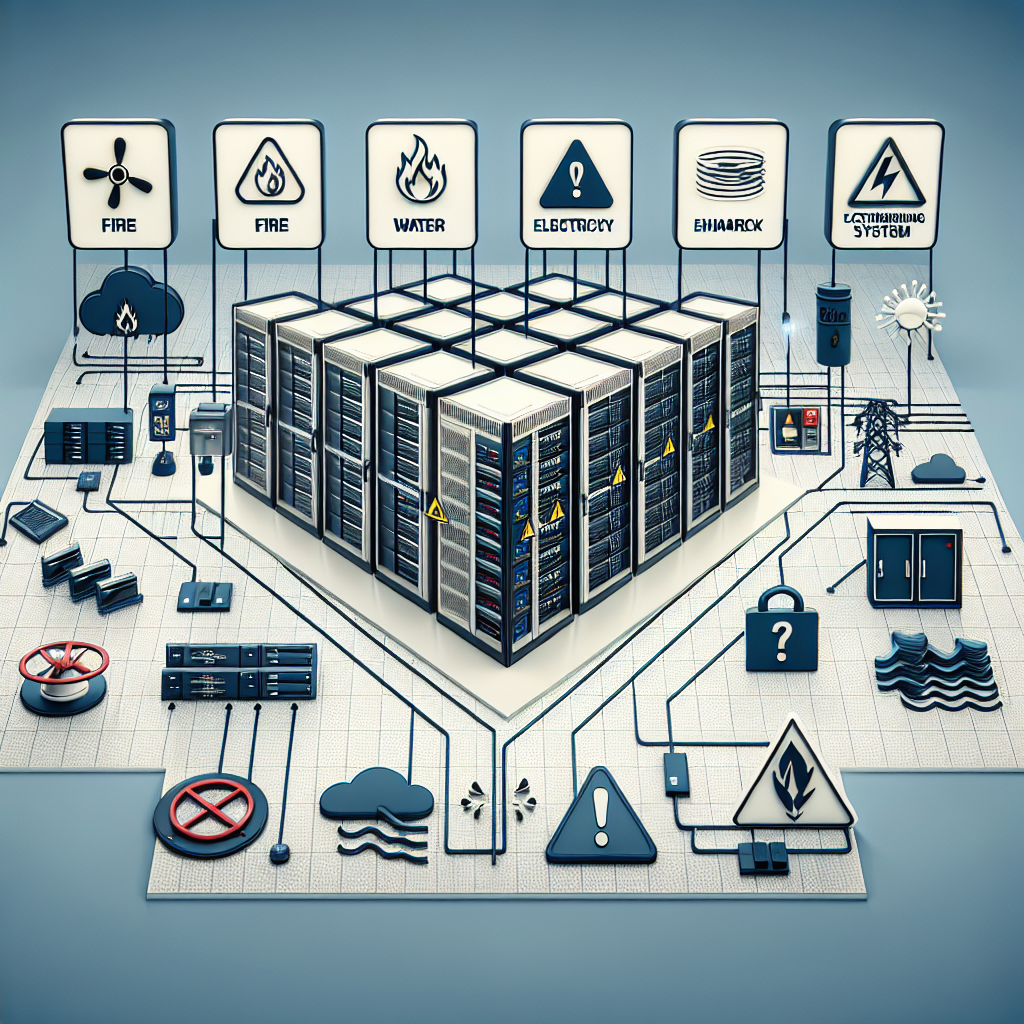Emergency Preparedness in Data Centers: How to Safeguard Against Potential Disasters
Data centers are essential for businesses to store and manage their critical data and applications. However, they are also vulnerable to a variety of potential disasters, such as natural disasters, power outages, cyber-attacks, and equipment failures. In order to ensure the continued operation of a data center in the face of these threats, it is crucial to have a solid emergency preparedness plan in place.
One of the first steps in safeguarding against potential disasters is to conduct a thorough risk assessment of the data center. This involves identifying potential threats, assessing their likelihood and impact, and determining the vulnerabilities of the data center. By understanding the risks facing the data center, organizations can develop a plan to mitigate them and protect their critical data and applications.
One of the key components of an emergency preparedness plan for a data center is having a solid backup and recovery strategy in place. This includes regularly backing up data and applications, storing backups offsite, and testing the recovery process to ensure that data can be quickly restored in the event of a disaster. Additionally, organizations should consider implementing redundant systems and power sources to ensure that the data center can continue to operate even in the face of power outages or equipment failures.
Another important aspect of emergency preparedness in data centers is having a communication plan in place. This includes establishing clear lines of communication with staff, customers, and vendors in the event of a disaster, as well as having a plan for notifying key stakeholders and coordinating the response to the emergency. By having a well-defined communication plan, organizations can ensure that everyone is informed and working together to address the disaster and minimize its impact on the data center.
In addition to having a solid backup and recovery strategy and communication plan, organizations should also consider implementing physical security measures to safeguard against potential disasters. This includes securing the data center with access controls, surveillance cameras, and alarms, as well as implementing fire suppression systems and other safety measures to protect against natural disasters.
By taking these steps to safeguard against potential disasters, organizations can ensure the continued operation of their data center and protect their critical data and applications. By developing a comprehensive emergency preparedness plan and regularly testing it, organizations can minimize the impact of disasters and ensure that their data center remains operational in the face of any threat.


